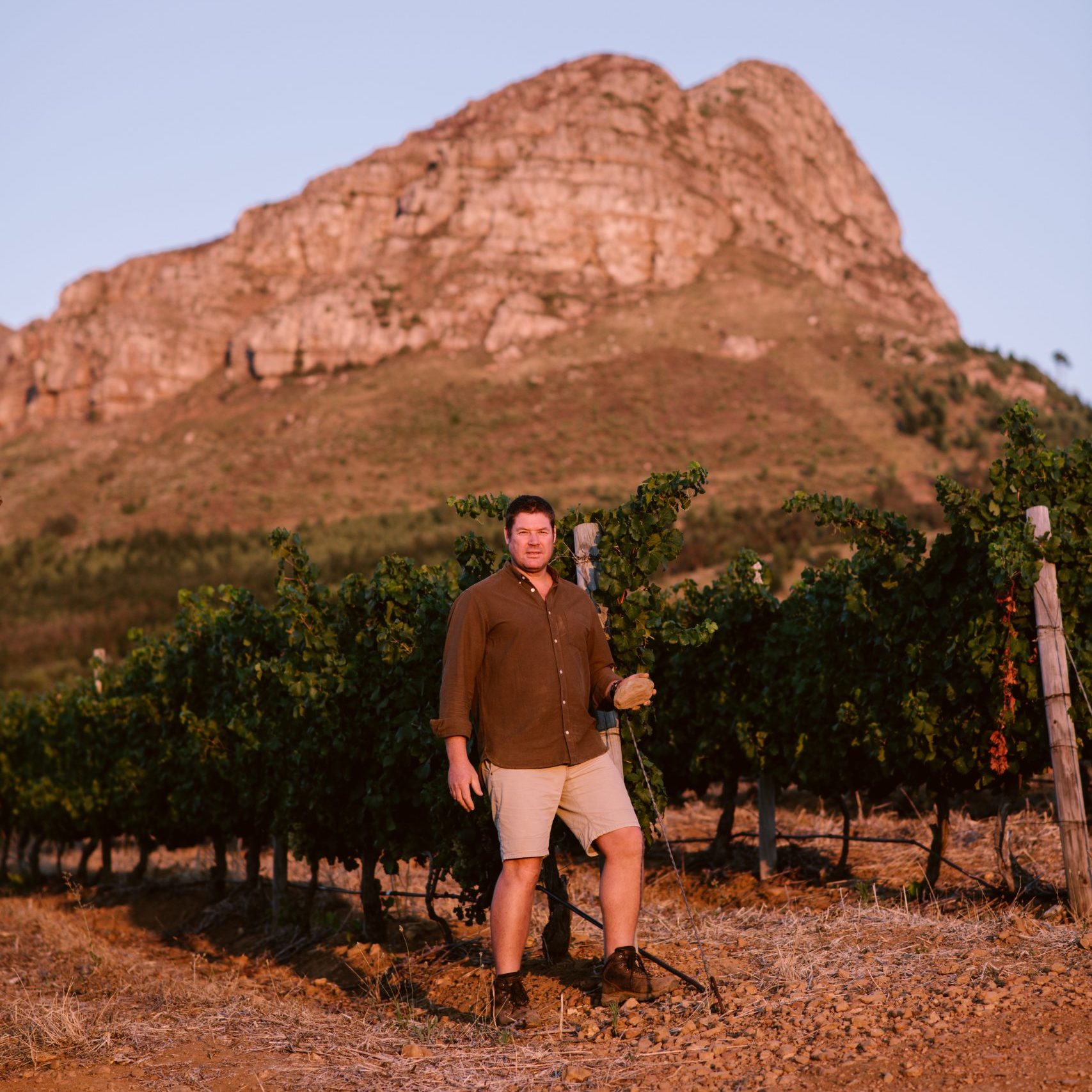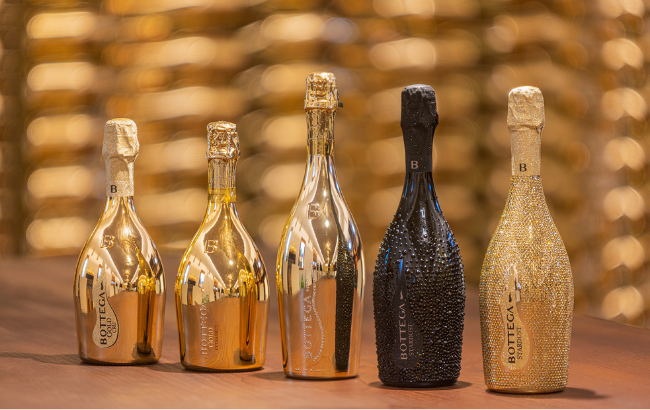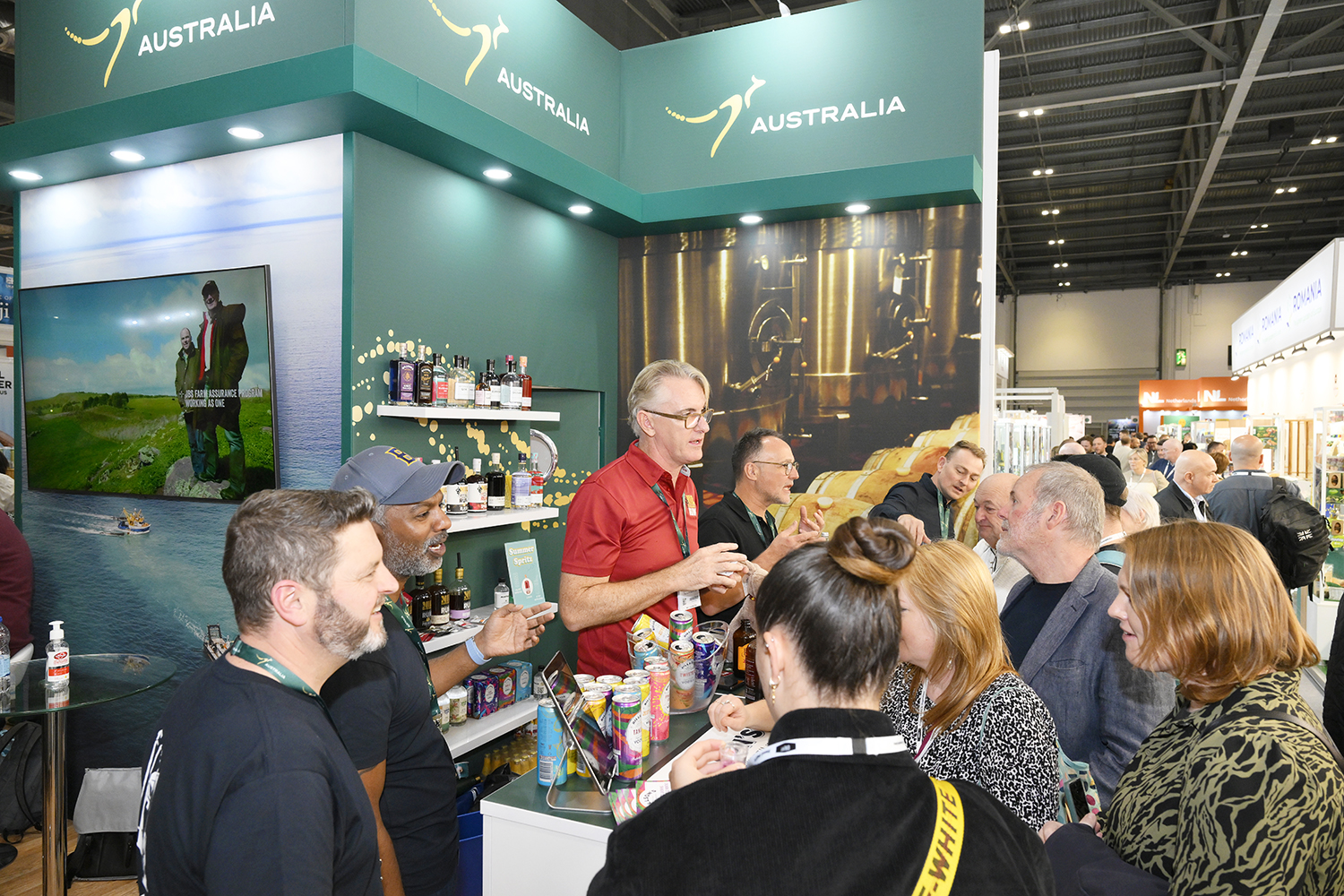White bottles on the rise for sparkling
By Patrick SchmittNew products from Codorníu and Les Grands Chais de France suggest the trend for using white bottle sleeves for packaging sparkling wine is on the rise – and not just for Champagne.
JP Chenet Ice demi-sec
Captured by db at last week’s London Wine Fair were bottles of Anna de Codorníu housed in both white and pink bottles (pictured, bottom), although the brand manager for the Cava in the UK insisted that the new packaging was “a soft launch”, and its widespread introduction would depend on the market reaction.
Meanwhile, in Hong Kong at Vinexpo Asia-Pacific, Jérémy Dagot, marketing manager for China and Japan at Les Grands Chais de France (Group GCF), showed two new sparkling products from the producer, both of which were packaged in white bottles.
One of these, JP Chenet Ice, is a charmat method sparkling wine, which has been blended specifically for serving over ice, with a 5% higher sugar content than the standard JP Chenet sparkling – although the exact amount of sugar is ‘confidential’, according to Dagot.
The other is François Montand Ice, a traditional method sparkling in a demi-sec style (32-50 g/l sugar), which is produced in the Jura using grapes from southern France, explained Dagot.
Dagot told db that the products were launched in response to a growing trend for sparkling wines served over ice spearheaded by Champagne producers.
“We saw that Champagne was starting to introduce products for serving over ice and there is a trend in France for still rosé wines served over ice too,” he said.
Continuing he said, “The white bottle is the packaging code for sparkling over ice.”
For both new products from Group GCF, neck collars have been placed on the bottles to illustrate how to serve the sparkling wines.
François Montand Ice
The company has already sold just under 100,000 bottles of JP Chenet Ice, which first appeared in UK supermarkets last November, according to Dagot.
In Asia, particularly mainland China, Dagot said that there were issues with the sparkling over-ice serve due to the quality of water used to make the cubes.
“It is difficult to sell the product in Asia because if the ice is not made from pure water then it can taste really bad, or make you sick, and it’s difficult to control the quality of the ice in bars.”
Partner Content
However, Dagot told db that Group GCF would be launching a further product to be served over ice for Asian as well as European consumers.
Called Muscat Ice Amour, the product is a Muscat de Saint Jean de Minervois designed to be served with ice.
Crazy Life red and white
Due to be launched officially at the end of this month, Dagot said that he hoped the new product would attract young consumers to sweet wines, particularly in China.
Already, Dagot said Group GCF were enjoying “success” in China with medium-sweet wines from Germany, sourced from the company’s operation in Mainz-Hechtsheim.
Like the new “ice” sparkling wines, the wines come in bottles with sleeves, but, with the name ‘Crazy Life’, have unconventional branding (pictured, left).
As previously reported by db, white bottles containing sweeter Champagne are on the rise.
Last year, Lanson unveiled its sec style White Label with a 32 g/l dosage packaged in a white bottle, although this followed 2011’s introduction of Moët Ice Imperial – the first Champagne created specifically to be drunk over ice – which also came in a white bottle, and contains demi-sec fizz with a 44-45 g/l dosage.
Then, at the end of last year, Canard-Duchêne launched Smooth Rosé: a new sec pink Champagne for lounge bars and ski resorts that’s housed in a white bottle.




